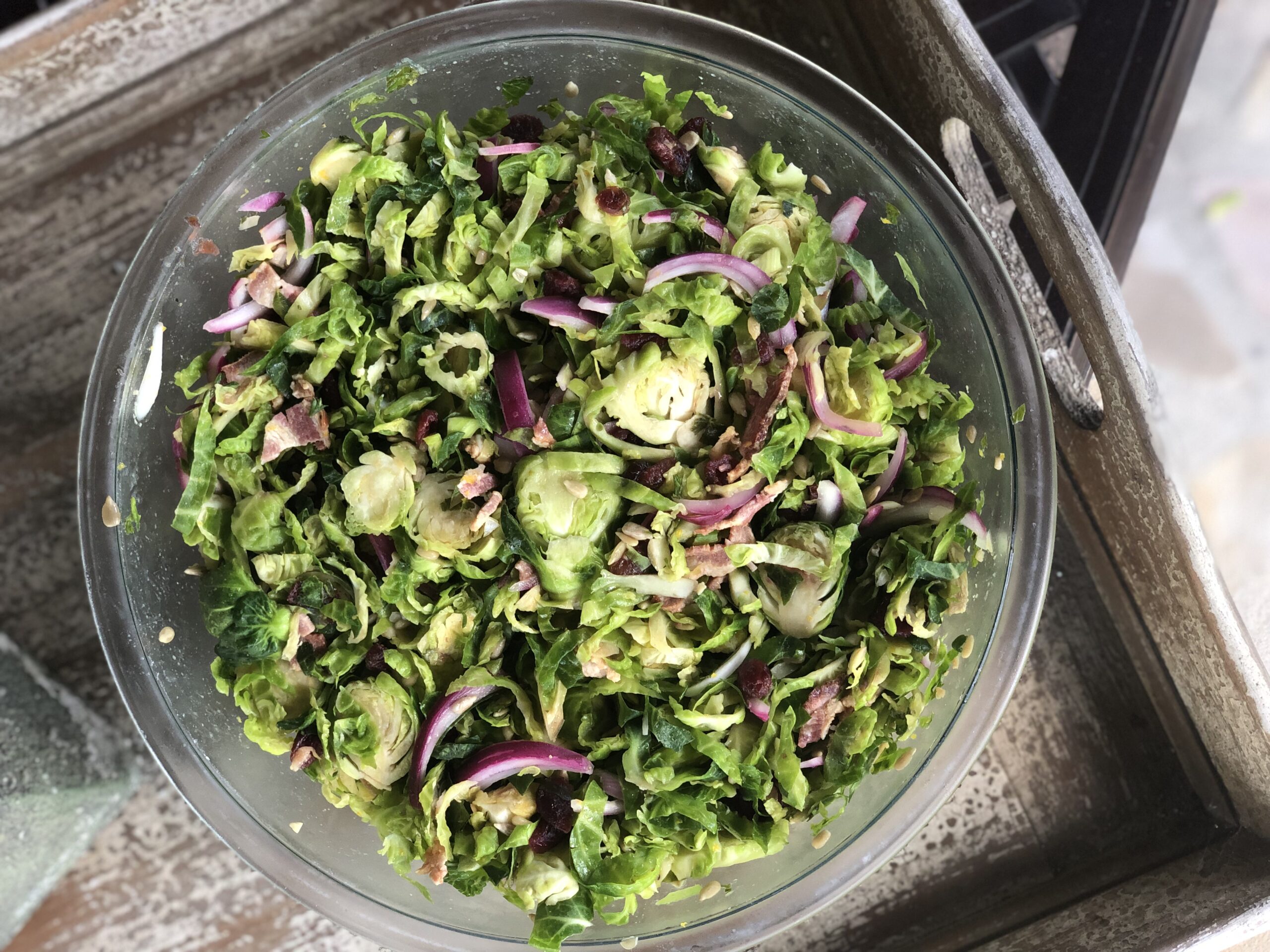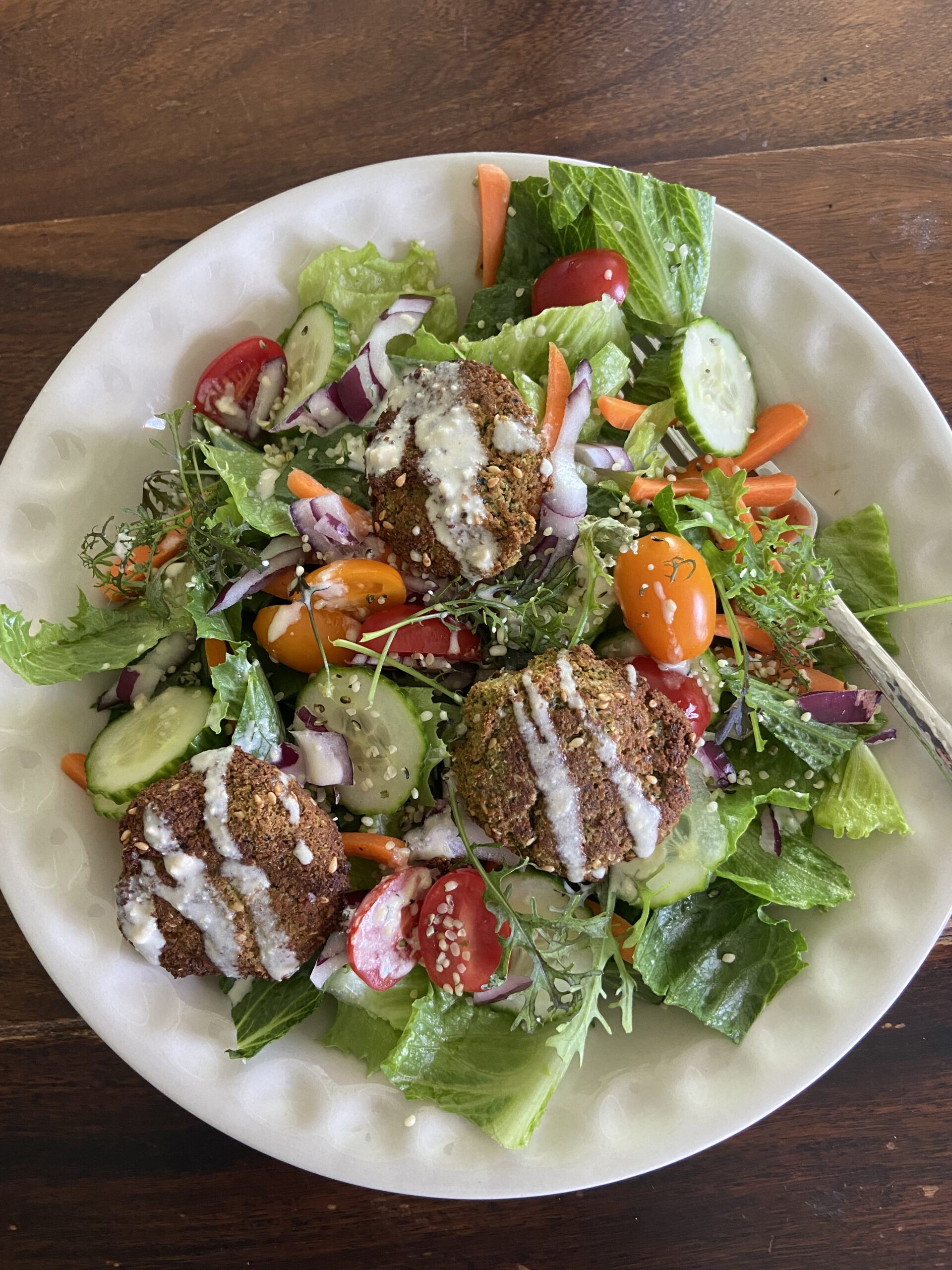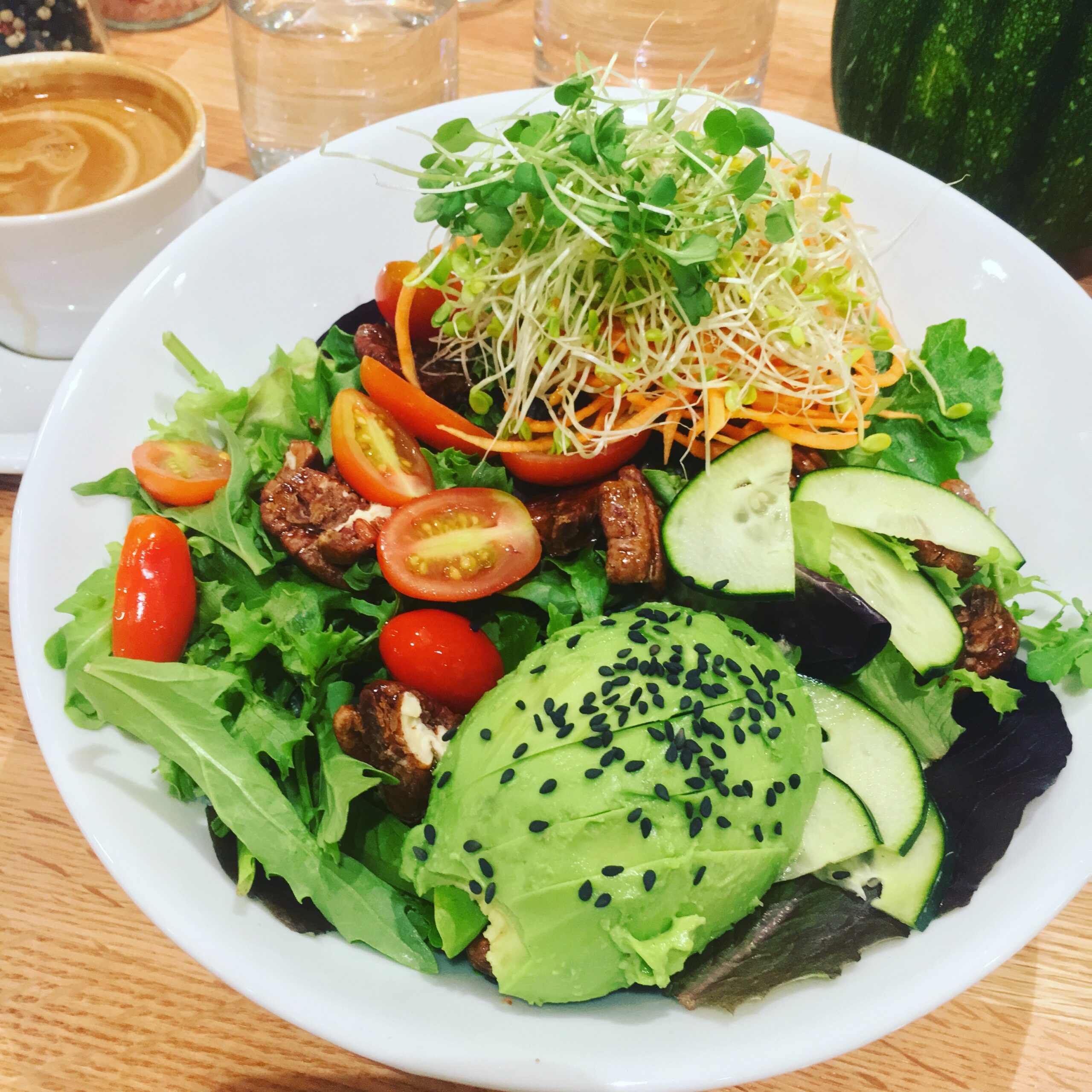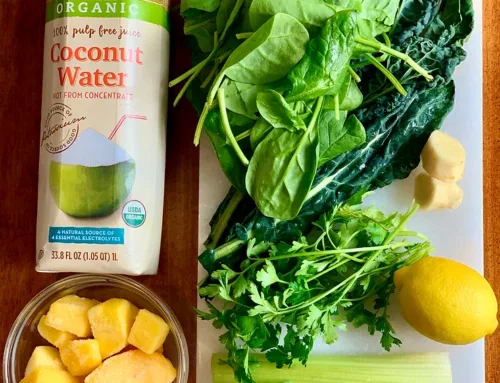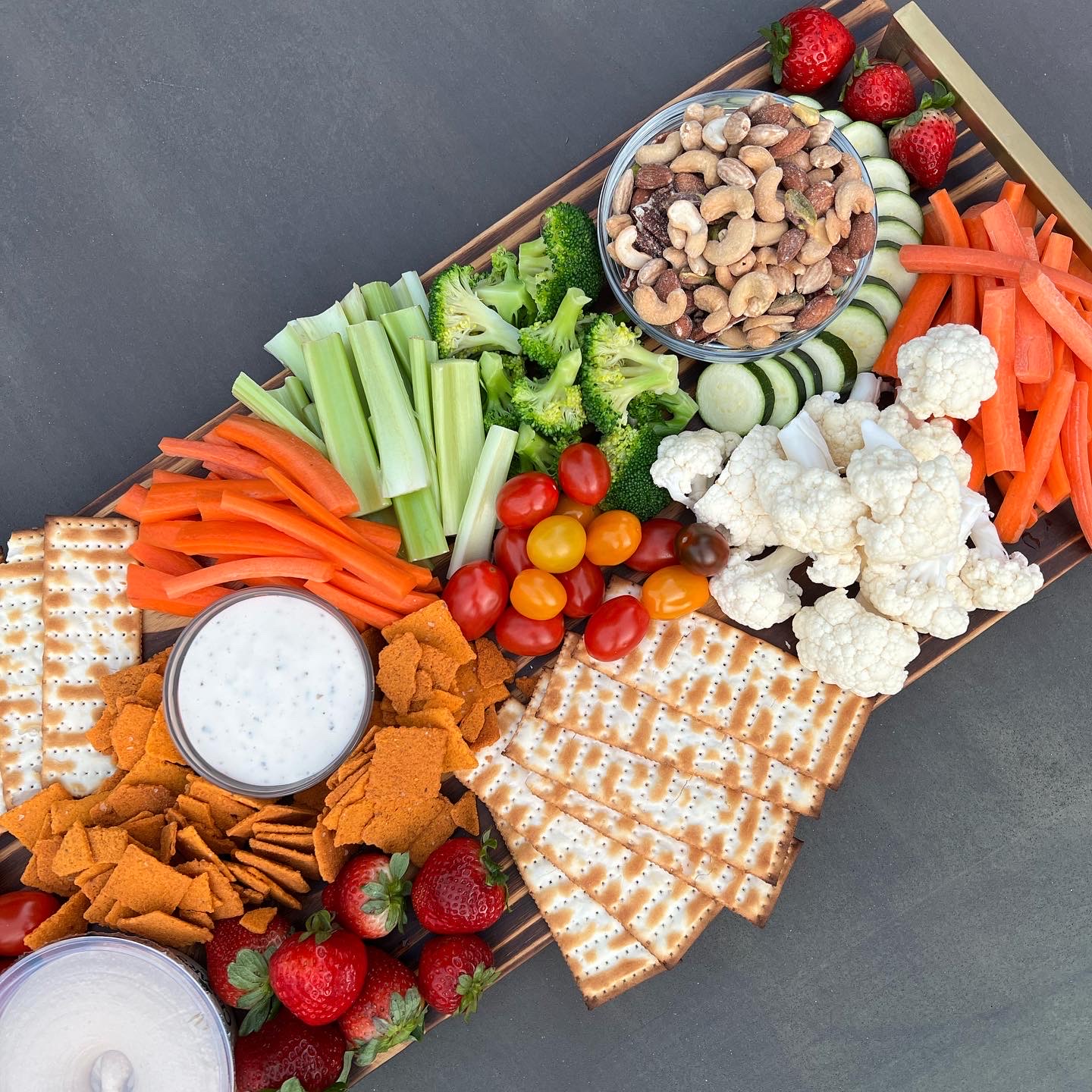
Easing into Plant-Based Eating
50 Pro Tips to Jump Start Eating Plant-Based
As the name implies, a plant-based diet is one that consists of food sourced from plants. Plant-based products include fruits and vegetables, as well as legumes, nuts, seeds, oils, plant-based milks, grains, and more. Eating a plant-based diet is a conscious effort to consume less animal products.
Research shows that plant-based eating has numerous benefits on physical health, brain health, and our planet. In addition to physical and environmental benefits, consuming less meat and more vegetables can be cost-effective, especially when purchasing produce that is local and in season.
With increased knowledge and development of how making some changes to the way we eat can have greater impact, more people every day are transitioning toward plant-based eating.
This list of 50 pro-tips was curated with ease and practicality in mind. If you’re plant-based curious, why not continue to approach the lifestyle with the same curiosity and pick the practices that make sense for you and your health needs? One tip (before the 50 tips) if you’re new to the plant-based diet: remember to ease in. Don’t try to adopt all these practices at once.
Here are 50 pro tips to get you started with plant-based eating:
- Roast vegetables on a sheet pan on the weekend. Make plenty to enjoy into the weekdays.
- Have at least one vegetable with every single meal, including breakfast.
- Try a tofu scramble and make it robust with peppers, onions, tomatoes, spinach, mushrooms, etc.
- Make more than one vegetable in each of your meals. In other words, don’t restrict yourself to one vegetable side. Aim to mix and match at least two or three.
- Strive to eat seven to nine servings of fruits/vegetables in a day. Keep count of your intake to make sure you’re hitting your mark.
- Break out your planned daily vegetable intake. For example: aim for three veggies in the morning, three in the afternoon, and two in the evening.
- Build your greens! For two weeks add greens to one meal a day. The following two weeks, add greens to two meals per day. Then add greens to three meals a day. Watch how this practice makes a difference in how you feel.
- Add greens to your smoothies, such as spinach, kale, arugula, avocado.
- Try cooking the vegetables you enjoy differently—roast, steam, boil, sauté, blanche, raw, air fry, steam, grill, bake.
- Make salads fun and colorful. Rethink salads by mixing up greens and switch up your vegetables. Add grains, fruit, nuts, seeds, fresh herbs, and nutritional yeast. Get a bigger bowl for your salad than you think you’ll need! You can thank me later!
- Add salad to your sandwich. Have a salad on the side or take it a step further and add a salad inside your sandwich. Load it up with your favorite greens and veggies.
- Try a new plant-based recipe every week or every other week. Make sure the new recipe is easy and convenient and fitting to your schedule for that week.
- Season your vegetables. Have fun experimenting with new seasonings, dips, and sauces.
- “Eat the rainbow.” Make your plate colorful with a variety of fruits and vegetables. The more colors, the better!
- Challenge yourself to try a new vegetable every week. Choose a vegetable you’ve never had when you visit the grocery store and learn a healthy way to prepare it when you get home. Make sure to pick up that vegetable and ingredients you’ll need for the recipe on the following grocery trip. Choose which vegetable you’ll try next time.
- Use pre-cut vegetables or frozen organic vegetables when you’re in a pinch.
- Incorporate plant-based proteins such as beans, chickpeas, hummus, tofu, tempeh, chia seeds, hemp seeds, and seitan.
- Although these tools aren’t necessary, having cooking tools at home can make cooking easy and fun such as a blender, instant pot, slow cooker, sharp knives, cast iron, and an air fryer, to name a few.
- Use meal service delivery companies that provide plant-based meals or deliver plant-based produce and ingredients to your home.
- Plan your menu ahead of time to make sure you have healthy items on hand, including snacks. Planning your week and getting in the habit of meal prepping in advance has proven to be successful for many people.
- Challenge yourself to eat less animal products by participating in “Meatless Mondays.”
- Eat more bowls to include your vegetables in your meals. Try a vegetable bowl, smoothie bowl, burrito bowl, Buddha bowl.
- Make a salad or sweet potato bar for a weeknight meal. Have a variety of toppings to choose from.
- Try a veggie-forward restaurant next time you go out to eat.
- Snack on raw vegetables in between meals. Place them out while you prepare dinner to indulge in while you wait for dinner to be ready.
- Create a plant—based charcuterie board. Here are some ideas: bean dip, guacamole, veggies, hummus, nuts, seed crackers, almonds, olives, dry fruit, plant-based cheese, and plant-based meats.
- Practice swaps for healthier options. Swap out wraps for collard greens, potato for sweet potato, sweets for fruit, soda for kombucha, cocktail for a mocktail, pasta for zoodles, rice for cauliflower rice, cow’s milk for unsweetened plant-based milks.
- Eat fruits and vegetables that are in season.
- Support your local farmer’s market by eating local produce. Engage with them about their produce.
- Familiarize yourself with the “Dirty Dozen” and “Clean 15” to know when to buy conventional and when to buy organic.
- Learn the difference between starchy and non-starchy vegetables to understand portion size and frequency of eating them.
- Make overnight oats or breakfast bowls and top with your favorite fruits.
- Experiment with textures in your meals like chia, almonds, walnuts, or pumpkin seeds to name a few.
- Choose five recipes that you love and keep those five on rotation either weekly or monthly.
- Use your freezer. Make plant-based soups and enjoy some plus freeze the rest for future meals. Double the recipe if necessary.
- Air fry tofu and pair it with your favorite veggies.
- Make the switch to plant-based butters.
- Experiment with healthy root vegetables.
- Cook more mushrooms. They can be very versatile and are an excellent source of protein and fiber.
- Try meat substitutes like jackfruit, plant-based sausages, soy curls, or Vuna (vegan tuna).
- Try making a plant-based burger, tofu burger, or a bean burger.
- Make salads in a large mason jar for an easy on-the-go option. Pour the dressing as a base in the jar, or when you’re ready to eat it.
- Make your own clean salad dressing, freeze extra for future use.
- When dining out, review the menu for plant-based food options before you go. Call the restaurant in advance and ask questions to help you make an informed decision. Know what you plan to order before you arrive at the restaurant.
- Craving pizza but want to get your greens? Cut up a slice and use it as croutons on your salad.
- Plan and approach plant-based eating one week at a time rather than a complete overhaul of your diet.
- Remember: practice makes progress. On days you veer off habit, give yourself grace and return to your focus on your next meal.
- Focus on what you’re gaining when you eat plant-based, rather than what you feel you might be losing. Are you gaining energy? A deeper connection with the earth? Supporting your local farmers?
- Re-visit your reason for wanting to eat plant-based. Remember your Why. Write it down where you’ll see the daily reminder to keep you motivated.
- Make sure you eat enough. Plant-based foods are often low in calories and rich in nutritional value. Depending on your typical diet, when first transitioning, the volume of food on your plant-based plate may look like more food. Focus on eating until you are satisfied.
So there you have it: 50 pro tips to help you get started with plant-based eating. What did we miss? Or what can you share? We’d love to hear it in the comments below!
This is for general informational purposes only and does not constitute any practice of medicine or professional health care services of any type. The use of information on this blog is at the user’s own risk. The content of this blog is not intended to be a substitute for professional medical advice, for diagnosis, or for treatment. Please seek the care of your health care professionals for any questions or concerns.

